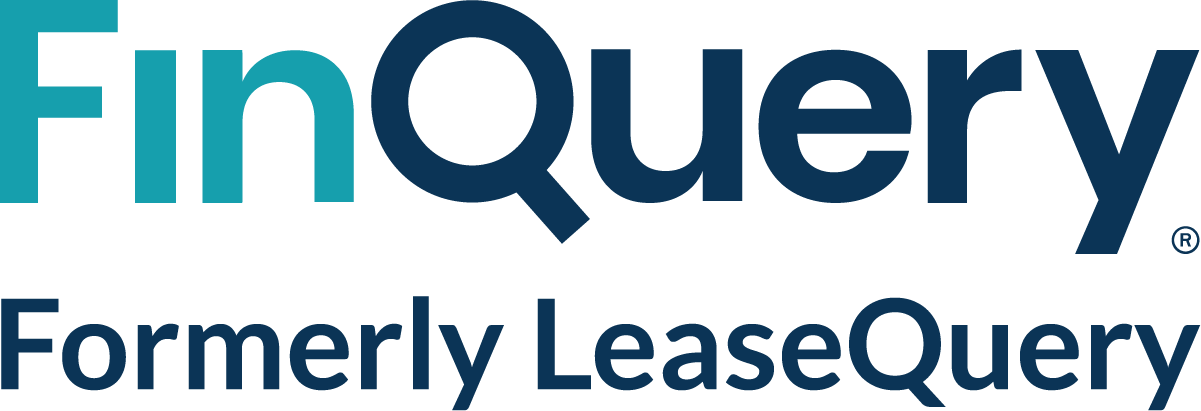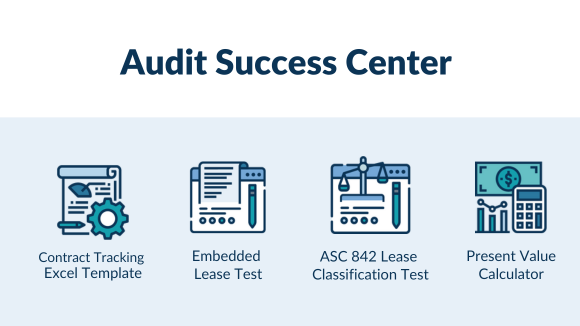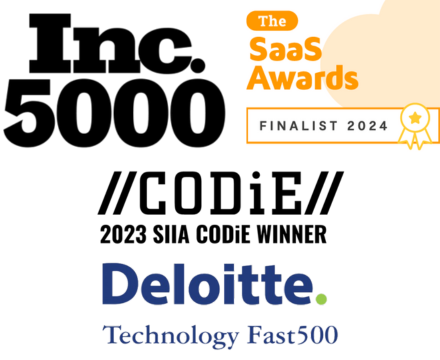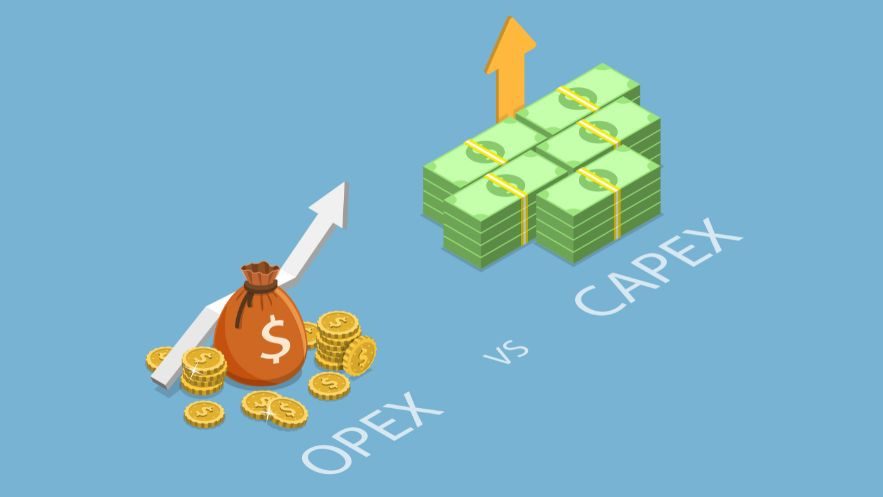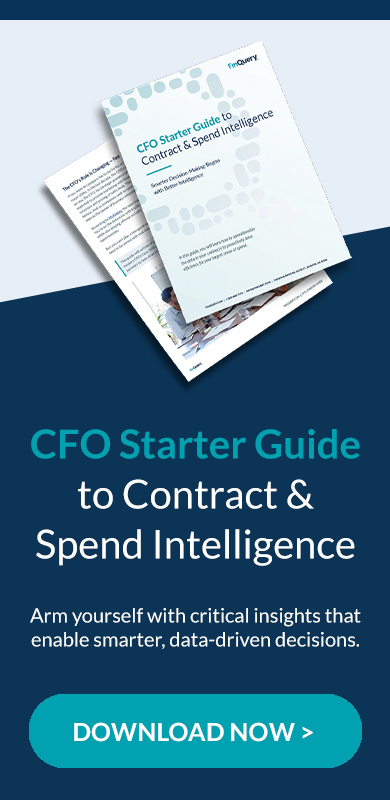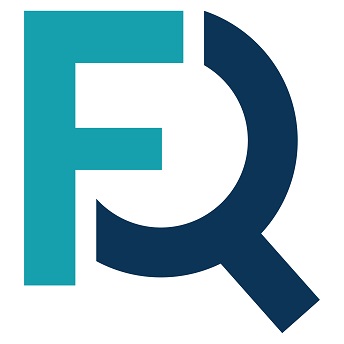The rate of SaaS adoption by businesses has exploded. For some companies, software subscriptions have become the largest operating expense after only personnel. Gartner predicts that SaaS spending will grow to more than $232 billion in 2024, up from $167 billion in 2022. The driving forces behind that growth are the convenience and seemingly endless capabilities SaaS applications offer. From payroll processing, to financial forecasting, to remote collaboration, SaaS applications are available for every niche.
Widespread adoption of SaaS was underway before the pandemic, and the shift to remote work and virtual interactions sent it into hyperdrive. Now there’s no turning back since the benefits are hard to ignore.
SaaS products are easy to adopt. You can pay for them with a company credit card (and many offer free trials). You can begin using them without IT. It’s easier than ever to find a SaaS solution perfect for your needs. And these solutions are constantly updated so you have access to the latest features without having to undergo time-consuming, disruptive updates.
An unfortunate byproduct of the conveniences is runaway spending. Without proper SaaS spend management, you’re more likely to purchase redundant applications, pay for unused licenses, and miss out on the opportunity to negotiate contracts. Here’s how runaway spending increases financial risk, and what you can do about it.
Why software costs can be hard to pin down
The nature of SaaS disrupts typical purchasing workflows, which creates gaps in planning and accountability. These gaps allow software spending to go unnoticed and unmanaged.
Lack of planning and organization
Because SaaS subscriptions don’t have to go through a formal procurement process, it’s possible for multiple teams to have separate instances of the same software. For instance, two separate departments may purchase their own project management tool. Or, they may use different platforms for the same function. These redundancies can be costly since no one’s looking at the contracts to make sure the organization has the best rate.
Unclear lines of accountability
Who is responsible for keeping track of software costs at your company? Accounting and finance teams may be accountable for tracking spending, but if SaaS subscriptions are paid for with a credit card, they may not review the contract or be aware of the purchase until after it’s made. The subscriptions may be coded to specific projects, and not identified as software.
Similarly, IT is often tasked with keeping track of software licenses. But, if they’re not involved in the purchasing decision, or the contract doesn’t come through their department, they won’t know about it. They’re at the mercy of their colleagues throughout the company to tell them when they buy a new SaaS product. Even if IT is the assigned software owner, that doesn’t necessarily mean they’re the administrator. They may not have the ability to log in and see the structure of the contract and/or payments.
The cost of inadequate SaaS spend management
Since it’s easy for SaaS subscriptions to slip through the cracks, businesses can encounter several financial risks:
- Paying for licenses not being used because employees don’t need them or have left the company (a.k.a. zombie accounts)
- Missing out on savings because you didn’t negotiate a single contract for all users throughout the enterprise
- Overpaying for features or modules employees don’t use
- Failing to truly grasp what your company spends on SaaS, which can negatively impact your ability to forecast and budget
The downsides of poor SaaS spend management extend beyond the budget. If employees are purchasing software that hasn’t been vetted by IT, also known as shadow IT, it may pose security risks. Every application should meet corporate standards for security and compliance. Using software that doesn’t meet those standards could lead to costly fines, a difficult recovery process, and potential reputational damage.
Who should worry about hidden software costs?
Unsurprisingly, younger, tech-focused companies are most likely to have SaaS subscriptions they don’t know about. These companies don’t have firmly entrenched procurement processes like older businesses. Their culture tends to support quick adoption and experimentation with new tech.
However, that doesn’t mean older companies in more traditional industries are immune from runaway SaaS spending. In industries known for being slow to adopt tech, SaaS usage is still prevalent.
- Nearly 80% of construction contractors use cloud-based technology.
- 70% of law firms used some sort of cloud software in 2022, up 10% over the previous year.
- The federal government increased cloud spending by 14% between 2016-2021.
While organizations in these sectors may be using a limited number of SaaS applications now, that number will certainly grow in the future. For starters, as the benefits of SaaS continue to outweigh on-premise solutions, it’s only a matter of time before late adopters are forced to catch up to stay competitive.
Also, traditional on-premise software is moving to the cloud. This trend started more than a decade ago when Adobe introduced its subscription-based Creative Cloud and discontinued Creative Suite, which was offered through a perpetual license-based model. Since then, other software providers have followed suit. Some vendors, like Microsoft, offer both on-premise and SaaS versions of their products, with the latter typically coming with more features.
The bottom line: SaaS will continue to proliferate and dominate, even in the most traditional, tech-averse industries.
How SaaS spend management enables you to take control of expenses
SaaS spending doesn’t have to be the Wild West. Through a proactive approach to SaaS management, you can give employees the flexibility to purchase applications they need, while also keeping a close eye on expenses.
The first step is to centralize information about all of your subscriptions in one place. Many companies track SaaS contracts in a spreadsheet. The drawback to using a spreadsheet is that you still have to do the legwork to find and enter data on your SaaS subscriptions. This must be an ongoing process since employees can buy a new application at any time. Also, using a spreadsheet is prone to human error. One mistake can cause you to overspend on licenses or miss out on the chance to negotiate a contract before renewal.
The benefits of SaaS spend management software
To sidestep the pitfalls of manually tracking SaaS applications, you can use SaaS spend management software. These platforms automate the discovery process so you don’t have to seek out your SaaS subscriptions yourself. They also provide additional insights you can use to make better decisions about your SaaS spend. Here’s what to look for in a SaaS spend management platform:
- Automatic discovery of SaaS subscriptions using browser extensions, ERPs, and/or single sign-on (SSO) platforms
- Visibility into how many premium vs. free licenses you have
- Ability to show which users are actively using software licenses and which ones are dormant
With these features, you can identify zombie accounts that weren’t removed after an employee switched teams or left the company. You can also refine your approach to providing access to software. For instance, you may provide all employees with a Microsoft Office license. But, if your company also uses G Suite, there may be a limited number of employees who actually need to use Office. A SaaS spend management platform allows you to see who those users are. Instead of having an enterprise-wide contract, you may be able to save money by purchasing subscriptions only for those who need it.
Explore new efficiencies with better SaaS spend management
With a better handle on your software, you can do much more than curb spending.
Simplify onboarding and offboarding
Managing software licenses can be one of the most difficult aspects of onboarding and offboarding employees. During the onboarding process, you can use your SaaS spend platform to provide hiring managers with a list of all the applications that are currently in use before they buy a new subscription for their incoming employee. For the offboarding process, you can see all of the subscriptions an employee has in one place, so you can make sure to deactivate them all.
Be ready for new software accounting rules
The scope and complexity of accounting rules grow every year, and new guidance on the accounting treatment for software may be coming down the pike. GASB already has guidance in place for technology subscriptions (GASB 96) and FASB updated the guidance for cloud computing arrangements in 2018, but it’s not a significant stretch to wonder if FASB might also consider guidance similar to GASB 96 in order to provide further financial transparency. By centralizing your SaaS contracts in one place, you’ll be one step ahead of any new standards.
Enforce SaaS procurement policies
Since software procurement is no longer limited to the IT department, it’s important to create policies all employees must follow before making a purchase. For example, you may require that SaaS applications come with certain security features and be approved by IT before purchase. A SaaS spend management platform can give you real-time insight into whether employees follow those guidelines. If you see an unapproved subscription, you can address the employee who purchased it and mitigate the potential security risks right away.
SaaS applications have transformed the way businesses use software, and there’s no turning back. By proactively managing your SaaS subscriptions, you can reap the benefits of the cloud without letting costs spiral out of control. And with SaaS spend management software, you can unlock efficiencies and insights that extend beyond the budget.
